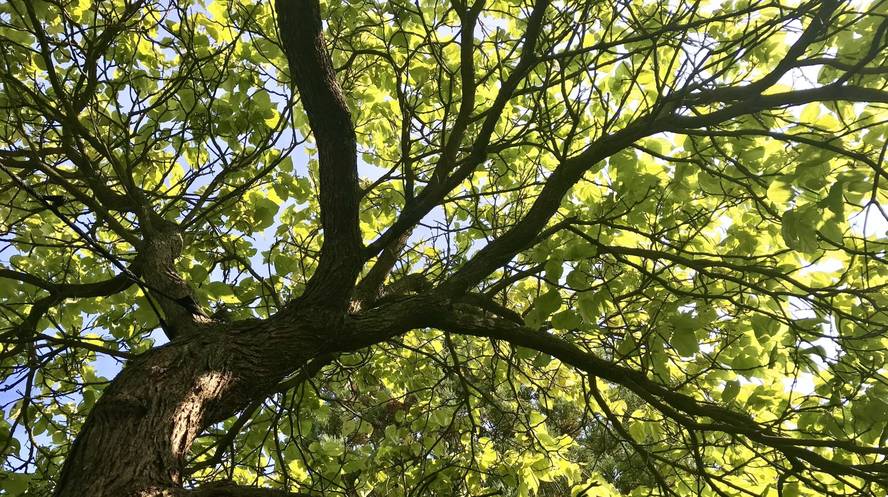Impact of climate change on trees and forests
The forest, defined very simply, is an ecosystem of trees. Trees absorb carbon dioxide (CO2) from the atmosphere and get water and other nutrients from their roots. With all these components and using sunlight, they perform photosynthesis. During photosynthesis they transform inorganic matter (CO2 and water) into the organic matter needed for cultivation. In this process they release oxygen, initiate the flow of energy and create the basis for other living beings to live. Over time, living matter accumulates in wood, occupies more and more physical space and creates the habitat of other living beings. In short, this is how the complex ecosystem that we call forest emerges.
Within this complexity, it is necessary to highlight the multifunctionality of forests, that is, the capacity of this ecosystem to perform various functions. These functions, besides being essential for the functioning of ecosystems, have contributed to human beings throughout history: wood and food production, soil and biodiversity protection, water and climate regulation, improved leisure and human health, among others.
However, all these contributions cannot be maximized at the same level and reconciling them is one of the great challenges ahead. Forest management clearly plays an important role in this. For example, in Euskal Herria especially XX. Since the twentieth century, wood production has been maximised to the detriment, in general, of soil protection or water regulation.
In recent decades, both water scarcity and CO2 levels have increased considerably by human action and have given us the greatest challenge we have ever had, known as climate change. In short, increasing average temperatures and extreme climatic events reduces the photosynthetic capacity of trees, whose consequences are already visible in forests around the world. Scientific evidence leaves no doubt: tree mortality rates increase. At the same time, changes are occurring in the composition of tree species, moving towards the poles and at higher altitudes, and increasing the most adapted to high temperatures and droughts.
However, someone, with a great deal of sense, may argue that the increase in CO2 can increase tree growth rates and thereby reduce the effects of water scarcity. This seems to be the 20th. Trend until the end of the 20th century, but there is increasing evidence that the negative impacts of water scarcity are surpassing the positive effects of the increase in CO2. If all this were not enough, changes in land use have also hit forests; we have only to look at the landscape of our environment to detect the homogeneity of landscapes.
The coming years will be decisive in minimising the impact of climate and changes in land use on forests. From a positive point of view, our knowledge of the functioning of our forests is increasing. However, despite the plantations carried out, we must recognise that we are not able to create a forest with all its complicity and that we too are part of nature. Consequently, the best option left to us is to help forests in the transition to a new climate based on what we know about the functioning of forests, rather than looking for entirely technological exit routes. Let us help the forests on this road before it is late.







